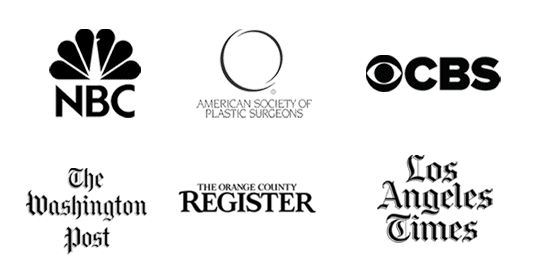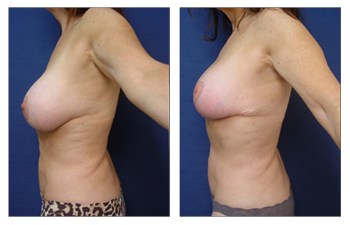
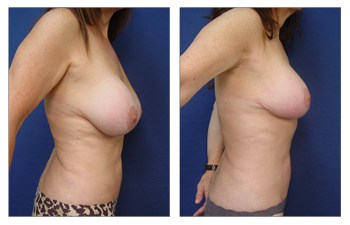
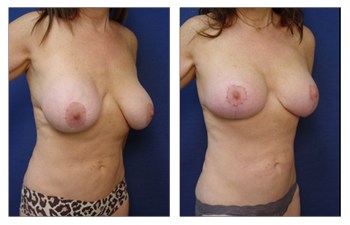
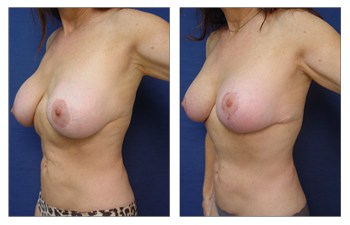
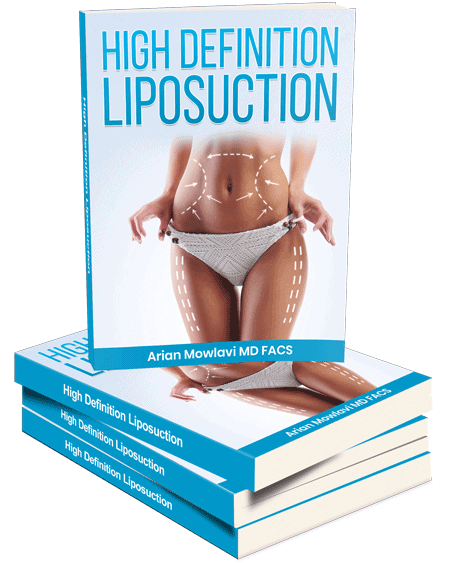
Download Our Surgical Team’s free Liposuction eBook
Breast augmentation revision recovery is determined by the surgery required to correct your breast deformity. Breast augmentation revision surgeries may include one or all of the following: breast implant removal and possible replacement, capsule modification, breast pocket alteration, and/or breast lift.
How Long is the Breast Augmentation Revision Recovery
Breast augmentation revision recovery can be as quick as one week for patients undergoing a simple implant removal and replacement. This is because the breast pocket is already defined and the scar lining called the capsule is already formed. Since the breast capsule is already formed, the implant cannot migrate since its final resting position is already defined.
For patients requiring capsule modification or breast pocket alteration, the breast capsule will be modified with either a release, partial excision of, or hemming out the scar tissue. Breast augmentation revision recovery for these patients requires two weeks in order to allow for the new breast pocket to be established.
Finally, patients who undergo a breast lift will require a longer recovery period of four weeks to allow for healing of the skin incisions. Breast augmentation revision recovery for breast lift patients typically requires one month prior to returning to physical activities.
Breast augmentation revision recovery is ultimately determined case by case as patients’ healing capacities may vary. For example, if you are diabetic, it may take longer to heal your incision lines since your production rate of collagen is limited.
In order to determine whether you have the risk of poor healing because of your diabetes, a routine blood test that measures your HbA1C levels can be completed.
Poor healing can also follow if your protein intake is compromised. The level of your blood protein will affect two aspects of your healing. First, high protein levels in your blood will prevent fluid from leaving your bloodstream and entering the tissues in your peripheral sites.
This egress of fluid is termed third spacing and will result in generalized swelling and prolonged healing of your tissues. Another important reason to keep your protein levels high is that it will optimize the creation of collagen which is critical to bridging over and healing of incision lines.
Protein levels can easily be checked by determining your albumin and prealbumin levels using a blood test. In addition, your protein levels can be optimized by supplementing your diet with protein shakes consumed three times a day between meals.
Please see this 52-year-old female who had breast augmentation revision with the replacement of implants as well.


